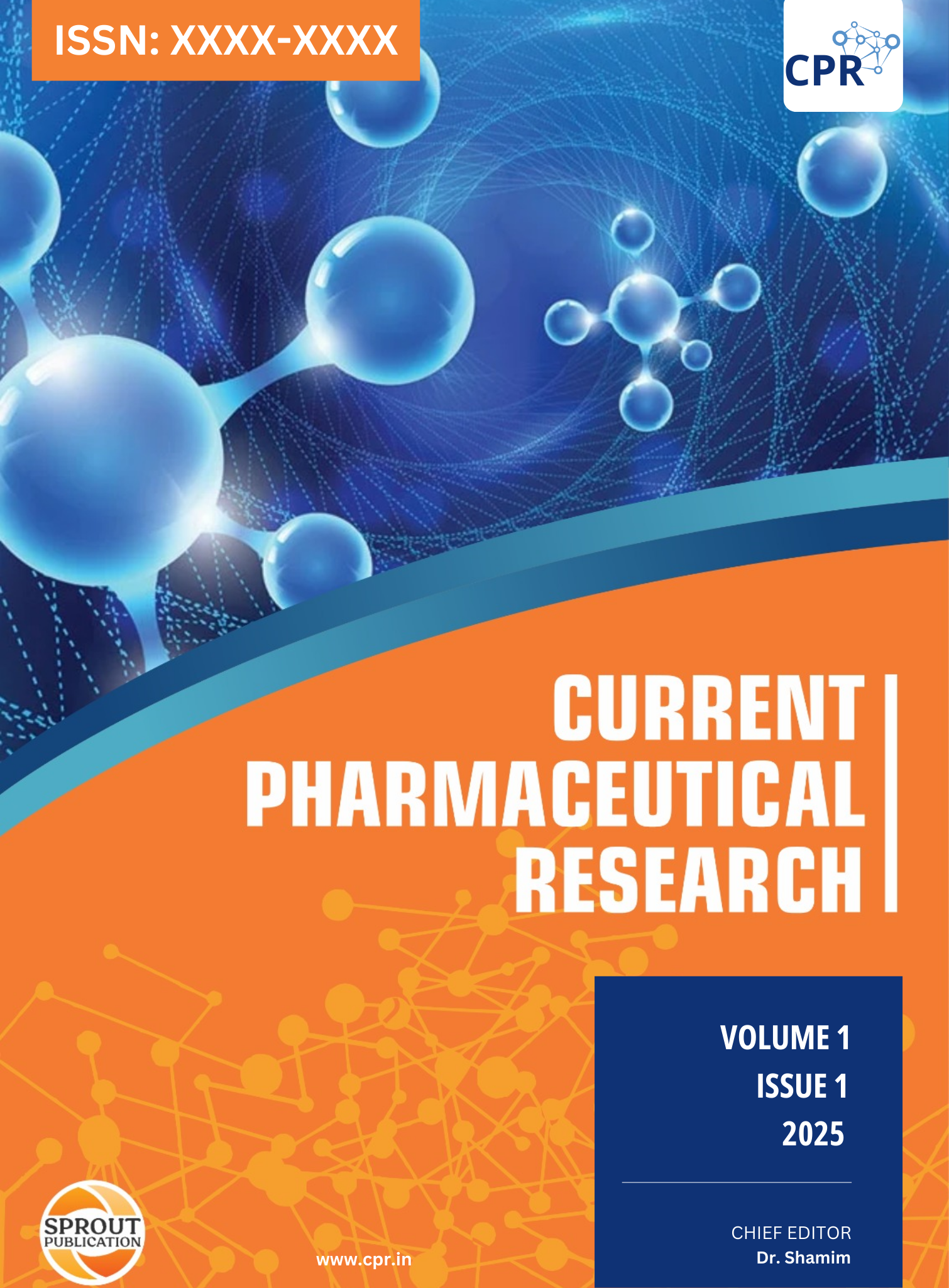Nanomedicine Approaches to Overcome Barriers in Pulmonary Drug Delivery for Respiratory Diseases
Keywords:
Nanomedicine, Pulmonary Drug Delivery, Respiratory Diseases, Nanocarriers, Targeted Therapy, Mucociliary ClearanceAbstract
Delivering drugs through the lungs is a promising method for treating respiratory conditions, offering quick absorption into the bloodstream and targeted therapeutic effects due to the lungs’ distinct structure. However, obstacles like mucociliary clearance, activity of alveolar macrophages, and variations among patients can limit the success of traditional treatments. Nanomedicine has become a cutting-edge solution to these challenges, using diverse nanocarriers such as liposomes, polymeric nanoparticles, and hybrid systems to improve drug stability, availability, and precision in delivery. These systems enable controlled release, enhanced solubility, and reduced side effects on the rest of the body. Moreover, multifunctional nanocarriers combine diagnostic and therapeutic roles, paving the way for personalized treatments for diseases like asthma, COPD, pulmonary fibrosis, and lung infections. Despite its potential, issues like large-scale production, regulatory hurdles, and ensuring compatibility with the body remain challenges. This review explores how nanomedicine addresses barriers in lung drug delivery, highlights its role in treating respiratory diseases, and looks at opportunities for clinical advancement.
Downloads
Published
Issue
Section
License

This work is licensed under a Creative Commons Attribution-NonCommercial 4.0 International License.


